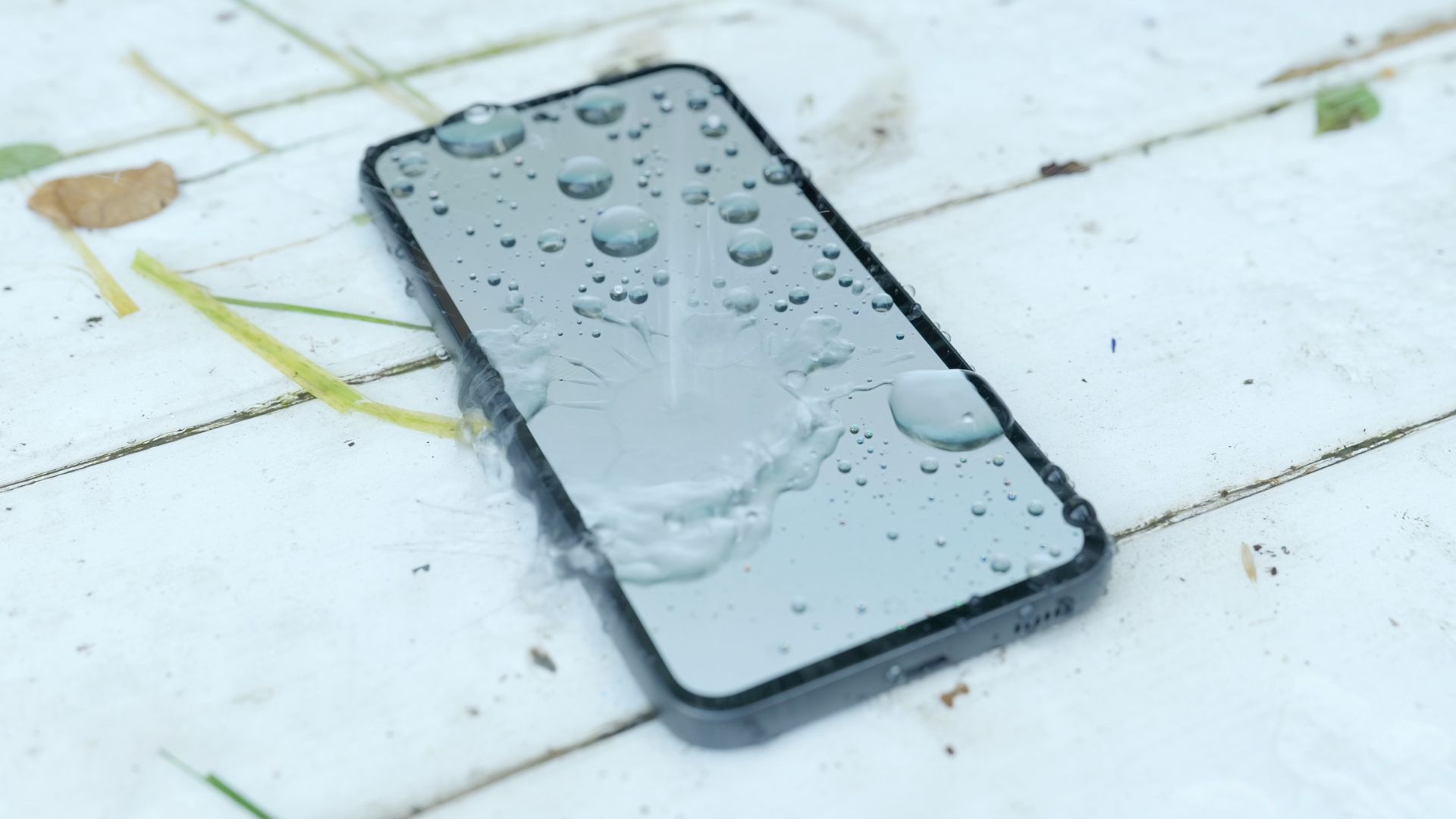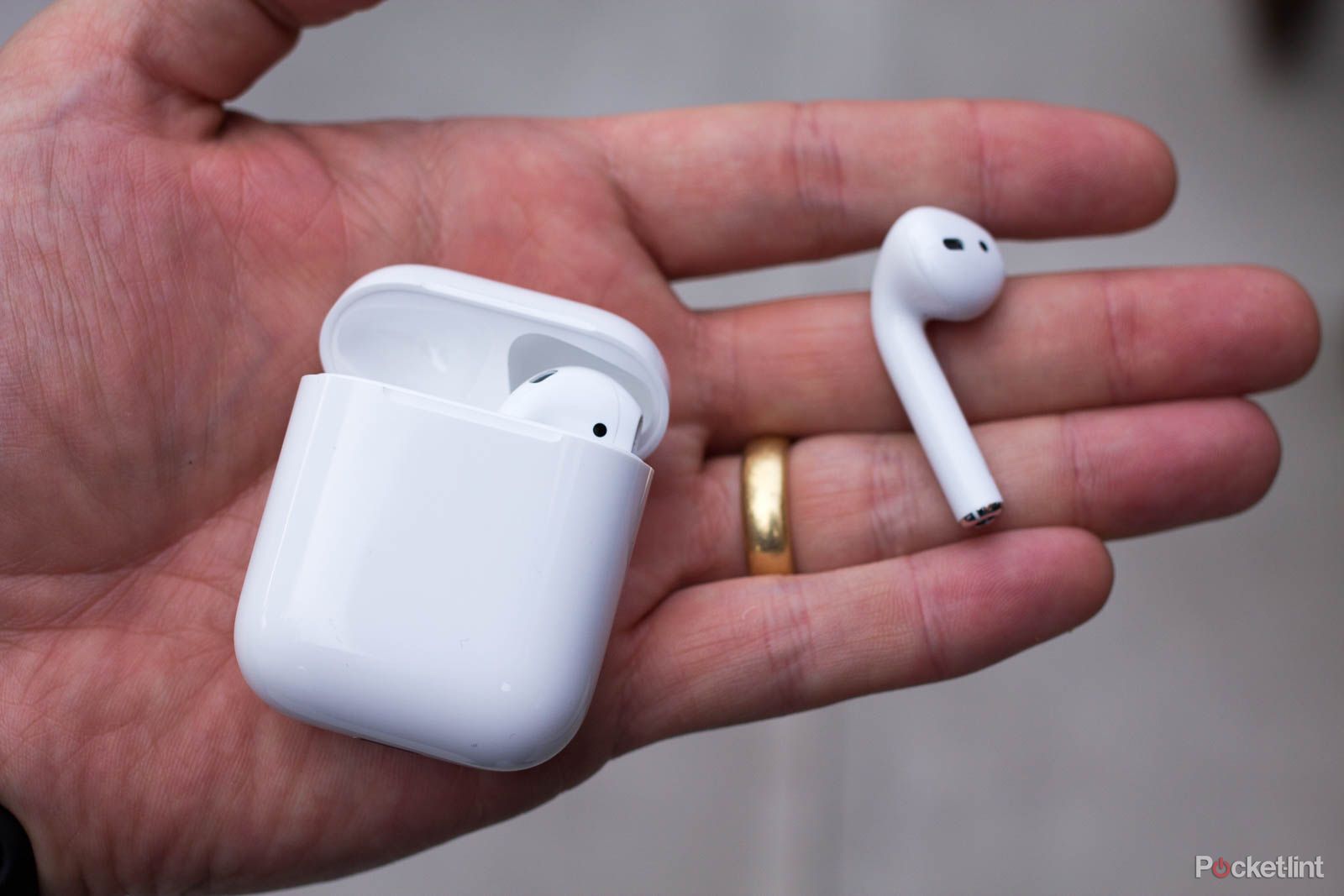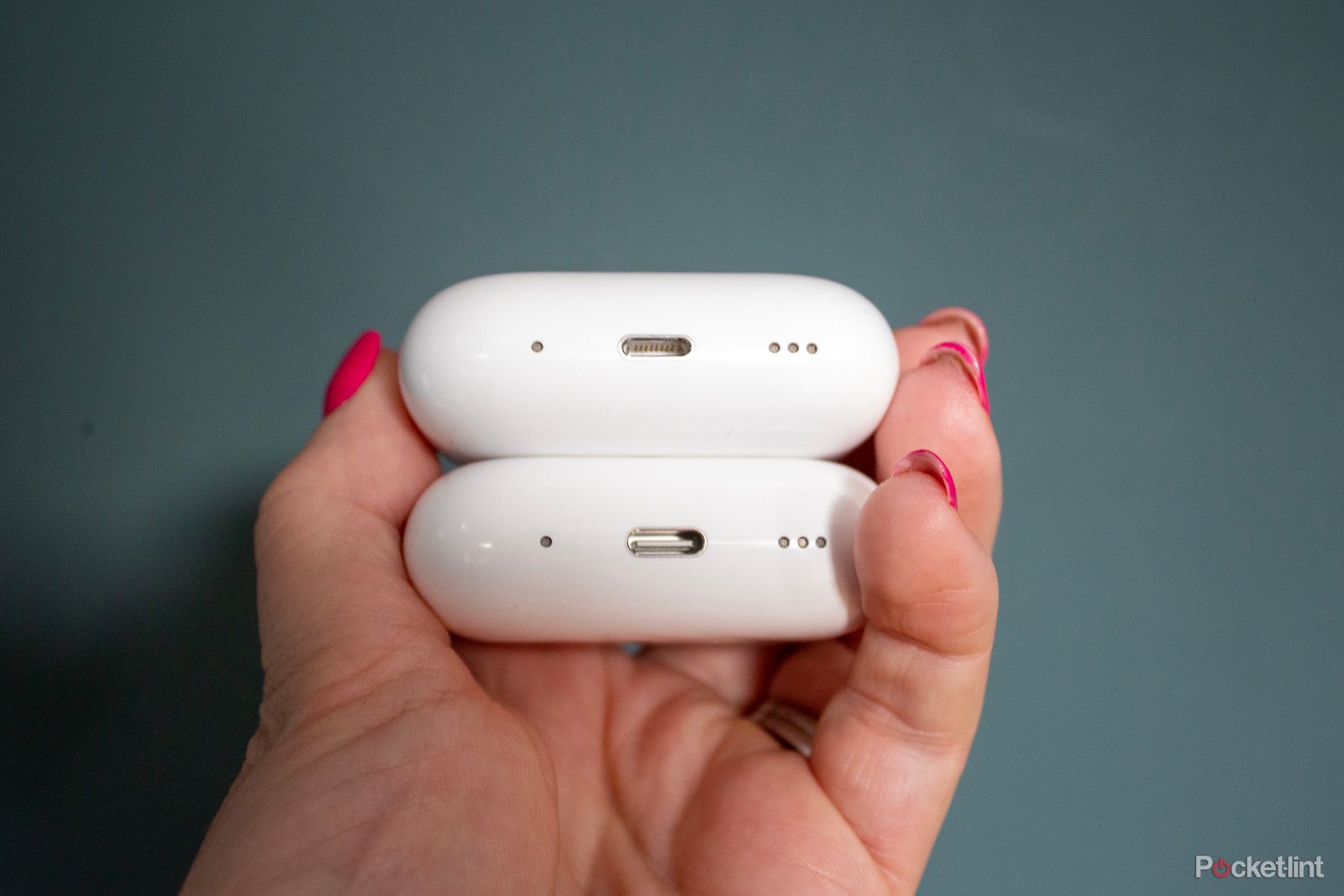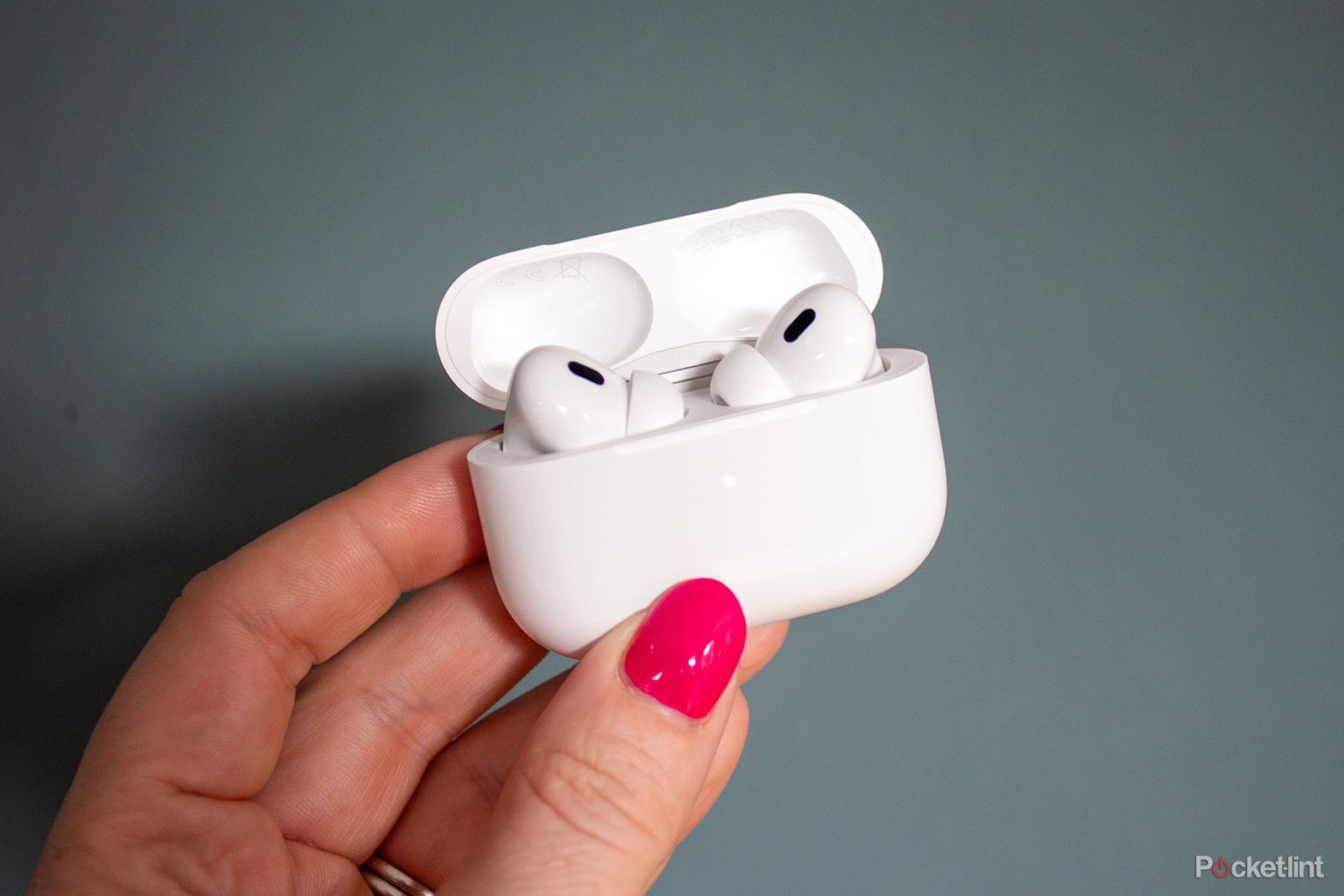Key Takeaways
- AirPods are not waterproof, but some models have a water-resistance rating of IPX4, so they can withstand splashes of water.
- If your AirPods get wet, remove them from water, dry them with a lint-free cloth, and let them air dry for 24-48 hours. Then turn them on and check for any signs of water damage.
- Do not put wet AirPods in rice; instead, consider using silica gel packs to draw out moisture if you really need to make the process faster.
If there is one thing that electronics hate most, it’s water. You might have the best, fastest, most rugged electronic device in the world, but even if a tiny drop of water gets into it, it’ll easily wreak havoc and destroy the device in a matter of seconds, shorting connections or rusting important components.
1:02

Water and dust IP ratings: What does IP68 actually mean?
Your phones and devices come with a code to tell you how waterproof it is – but what do these codes mean?
No electronics are safe from water, but your AirPods or any other Bluetooth headphones are one of the things most prone to get damaged by water. They are small, their case is quite slippery, and you take them everywhere with you. This means they are always just a slip out of the pocket away from getting dunked in a puddle, a lake, or the sea.
Even if your AirPods get submerged in water, all is not yet lost and it might be possible to save them – but you do need to be careful when doing so. Here’s what to do if your AirPods get wet:
Are AirPods waterproof?
First, let’s get one thing out of the way – no AirPods (or really any kind of electronics) are waterproof. Some of them, though, are water-resistant, meaning they can withstand certain conditions with water involved. Even this, unfortunately, is reserved for specific models of Apple’s wireless earbuds.
The level of water resistance is usually described by their IP rating which signifies what kind of dust and water protection they have. It’s a short code that you’ll find in the specs sheet of your device, which usually consists of 4 signs: letters IP at the front, followed by two numbers. These numbers signify the dust and water resistance of the device, in that order. If you see a letter X instead of one of the numbers, it means the device has not been certified for protection against either dust or water.
So, going back to AirPods: some of them have not been IP-certified at all, making them not (officially) resistant to either dust or water. These models include:
- AirPods 1st gen
- AirPods 2nd
However, later models (including all the current ones) do have some kind of water protection, certified as IPX4 rating. This means they are not protected from dust, but they can withstand being splashed by water. Remember that it’s just splashes – they are still not protected from being submerged, or even being splashed at higher pressures. The models with IPX4 rating include:
- AirPods 3rd gen
- AirPods Pro 1st gen
- AirPods Pro 2nd gen
- AirPods Max
What should you do if your AirPods get wet?
If your AirPods get wet, you often don’t really know what to do – should you just leave them to dry, put some heat to them, or maybe use some other kind of special treatment to save your favorite headphones? Unfortunately, water is the enemy of electronics, so it might be tough to bring them back, but there are some best practices you should follow in order to ensure they have the best chance of survival after meeting one of the elements:
1. Get your AirPods out of the water as soon as possible
If your headphones get dunked in the water, it’s crucial to act quickly. Fish them out of the pond or get them out of your wet pocket as soon as possible and start working on getting them dry immediately.
2. Take the AirPods out of their case
The first thing to do is to get the headphones out of the case if they got submerged together. If only the case or headphones get exposed to water, remember not to insert them into a case before completing all the drying steps – it might cause them to short out and damage them further.
3. Dry the headphones and case with a lint-free cloth
After separating the headphones and the case, you need to dry all of them with a soft lint-free cloth. Try to be as thorough as possible and get every possible drop of water out of the device – of course without forcibly inserting it into all the small holes on the AirPods. Do not use cotton swabs or paper towels – they can leave pieces of paper or cotton on your device, which will then get lodged in various openings, making it harder for moisture to escape, or even damaging the device further.
Once they are dry on the outside, you can also take each headphone, turn them upside-down and shake gently, getting rid of the water that’s stuck inside. There are also water-eject sounds that you can play, but we’d advise against it – it requires you to turn the device on, making it much more prone to damage. Shaking the headphones gently should be enough to get rid of excess water from their insides.
4. Leave the headphones and the case to dry
After drying the device with a lint-free cloth, the only thing you have left to do is to let the headphones and case dry out. It’s important to do it separately – do not store the headphones in a case, and do not charge the device when it’s drying.
You should dry your electronics at room temperature, without the help of radiators or, even worse, hair dryers – just leave them out on the table for at least a day. It’ll be best if you leave the case open and, preferably, set it upside down – if a lot of water gets inside, it’ll have a better chance of leaving the case.
One thing you might do to help speed up the process is to use silica gel packs, found in many packages. These small packs help draw out moisture without dust or debris, so using them to help speed up the process – if you have access to them – might be a good idea. However, it’s not necessary and the device will dry out on its own eventually.
5. Try using the headphones after 24 to 48 hours and see if they still work
After at least 24 hours – you could go for 48 hours if it’s a bit colder inside, or if you live in a moist environment – you should try connecting and using your headphones and case. If they were submerged badly, it’s quite unlikely that they survived, but there is still a chance. If the headphones do connect, you might have gotten lucky, but you still need to check if they connect properly, if they sound right, and if there are any charging or battery problems – we will explain the most common signs of water damage later in the article. On the other hand, if they do not work – either the headphones, or the case – it’s probably time to get yourself a new pair.
Thoa Ngo / Unsplash
Should you put wet AirPods in rice?
One of the common things to do if you get your electronic devices wet is to put them in rice. It’s a well-known way to draw out moisture, but it might also further damage your precious electronics.
Rice does draw out moisture, but it also releases lots of small particles – dust, debris, and all kinds of small pieces. These, in turn, can get into your headphones (remember that IPX4 rating saying they are not dust-resistant?) and wreak havoc on an already vulnerable device, sticking to important components and damaging them in the process.
If you really want to use something to draw out moisture – try the silica gel method we’ve mentioned earlier. It’s even better at its job, plus it does not leave behind any particles that might get into your device, so you’re not risking any damage when using it. However, air-drying is also completely fine and should get the job done just as easily.
How do you know if your AirPods have water damage?
If you got your AirPods in water and followed through with these steps, you might still experience the aftermath of this trip into the water. Unfortunately, the water damage indicators are not accessible on AirPods, as they are inside the device, but you’ll notice other problems. Here are the most common ones:
- Your AirPods (one or both) stopped working altogether
- The sound on your AirPods is distorted
- Your AirPods have trouble connecting to your phone
- The AirPods do not charge inside the case
- The AirPods case does not charge
- The AirPods or the case get worryingly hot when charging
If you encounter any of these problems, immediately stop using your device and preferably go to an authorized Apple service center to get them checked out. Also, keep in mind that water damage might not be apparent instantly, and the device might work fine for a while before exhibiting any of these symptoms. Keep that in mind when using your AirPods and monitor them for any of these signs even weeks after the incident.
Trending Products

Cooler Master MasterBox Q300L Micro-ATX Tower with Magnetic Design Dust Filter, Transparent Acrylic Side Panel, Adjustable I/O & Fully Ventilated Airflow, Black (MCB-Q300L-KANN-S00)

ASUS TUF Gaming GT301 ZAKU II Edition ATX mid-Tower Compact case with Tempered Glass Side Panel, Honeycomb Front Panel, 120mm Aura Addressable RGB Fan, Headphone Hanger,360mm Radiator, Gundam Edition

ASUS TUF Gaming GT501 Mid-Tower Computer Case for up to EATX Motherboards with USB 3.0 Front Panel Cases GT501/GRY/WITH Handle

be quiet! Pure Base 500DX ATX Mid Tower PC case | ARGB | 3 Pre-Installed Pure Wings 2 Fans | Tempered Glass Window | Black | BGW37

ASUS ROG Strix Helios GX601 White Edition RGB Mid-Tower Computer Case for ATX/EATX Motherboards with tempered glass, aluminum frame, GPU braces, 420mm radiator support and Aura Sync













